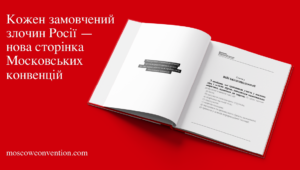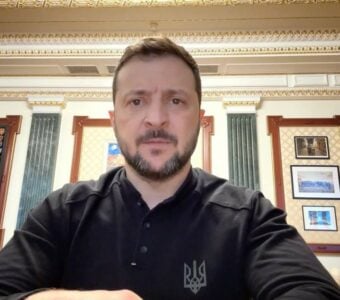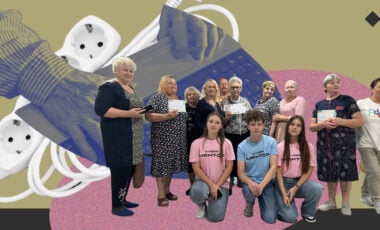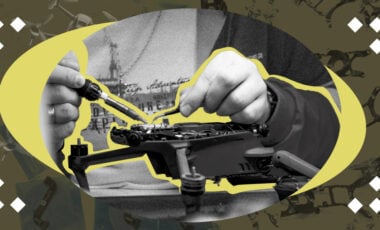Solutions to win: Brave1 unveils four new codified robotic complexes for frontline deployment
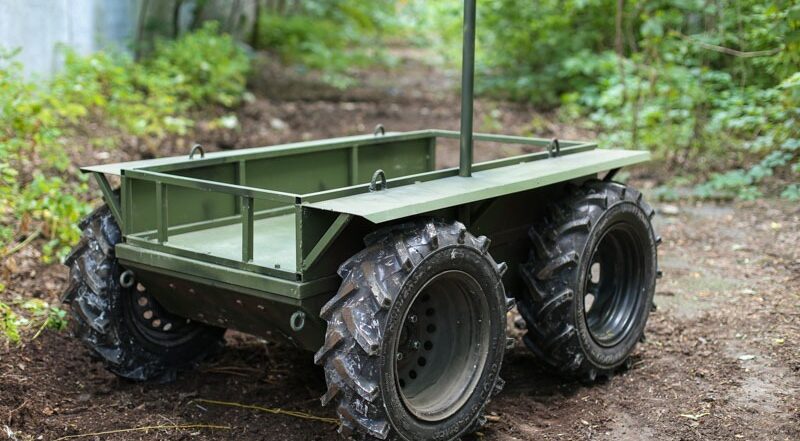
Photo: Ministry of Defense
Four new robotic advancements from the Brave1 project participants, successfully codified according to NATO standards, will be operational on the front lines.
The Deputy Prime Minister for Innovation, Development of Education, Science and Technology, and Minister of Digital Transformation of Ukraine, Mykhailo Fedorov, reported that on Telegram.
What is the problem?
As the department head noted, Ukraine can purchase and deliver to the front only codified developments, that is, those that meet NATO standards.
"Each of these developments can save more than one life. Robots evacuate soldiers, deliver provisions, place and detonate mines, replace soldiers so that they do not become a living target for enemy drones," the minister emphasized.
What is the solution?
The goal of the Brave1 initiative is to assist manufacturers in meeting the necessary combat standards for their designs.
"One of Brave1's tasks is to help manufacturers bring developments to readiness," Fedorov emphasized.
According to the General Staff, thanks to robotic units, losses of the Ukrainian military have decreased by 30%.
How does it work?
Brave1 has over 220 codified developments in its arsenal. The minister reports that four more land-based robotic complexes have recently been codified.
The key characteristics of the new robotic complexes, which will now work at the front:
- TANCHIK is a powerful complex capable of withstanding a load of up to 500 kg and performing a wide range of missions, including reconnaissance, sabotage, evacuation, attack, and logistics tasks.
- TARGAN 2K is a simple robot with a simple design. It is easily adaptable to perform various tasks, including logistics and reconnaissance operations. It can work at a distance of up to 20 km and costs around $3,000, making it affordable.
- TARGAN 200 is functionally similar to TARGAN 2K but is designed for a greater load capacity of up to 200 kg. In logistics missions, it can replace the work of 2 to 8 people, significantly reducing personnel risks.
- BUREVIY is a powerful logistics robot capable of transporting heavy objects and evacuating soldiers from the battlefield.
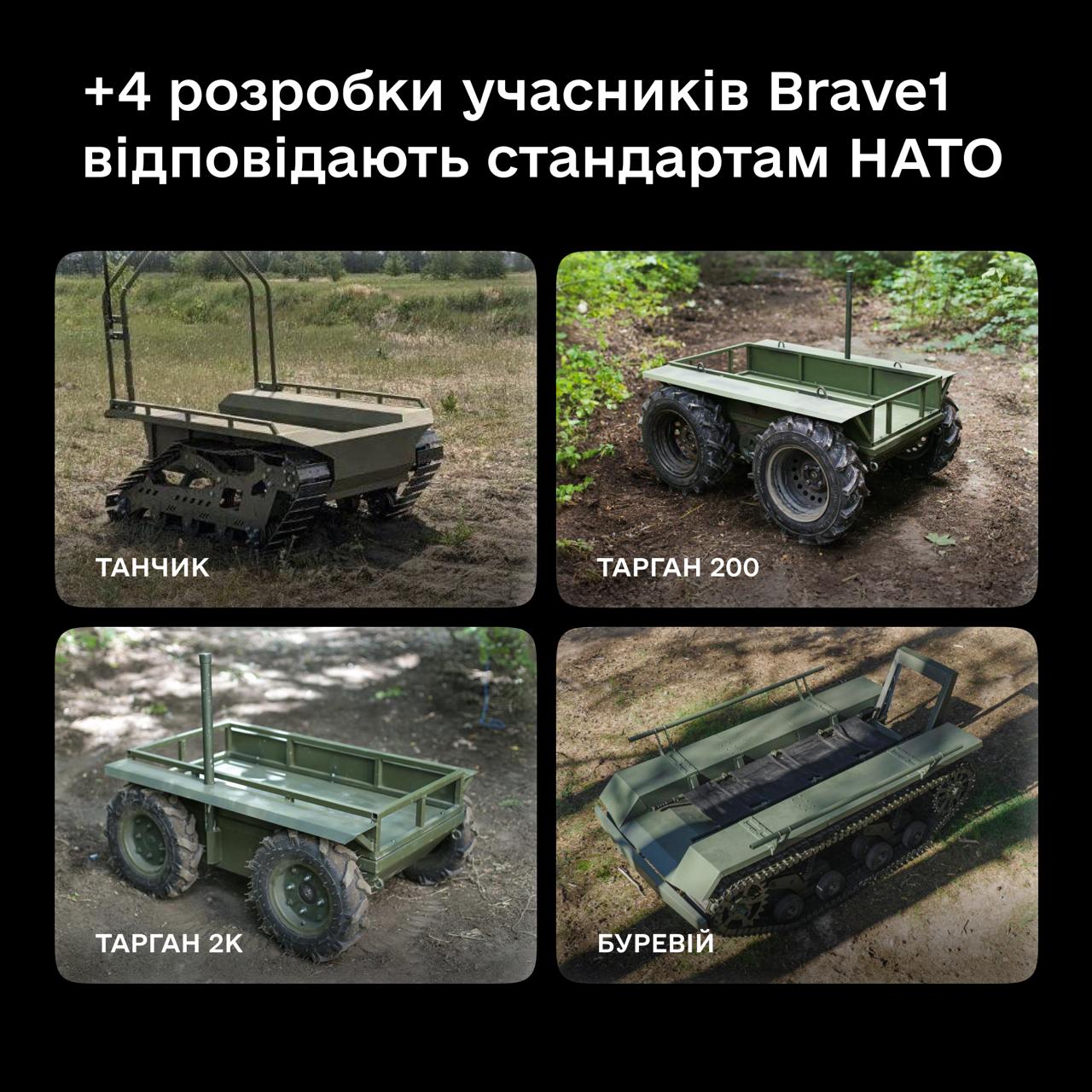
Photo: Telegram / FEDOROV
"This is a war of technologies, and the more of them at the front, the greater our advantage," the head of the department summarized.
For reference:
Thanks to the support of the Brave1 platform, Ukrainian defense technologies have attracted more than $25 million of foreign investments, increasing this indicator severalfold compared to 2023.
In addition, Brave1 started accepting applications for updated grants for defense-tech developments in Ukraine in May. Developers can receive grants of 500,000, 1 million, and 2 million hryvnias.
Also in July, developers Ailand Systems raised $200,000 from the Unbreakable Fund during the latest Invest Demo Days organized by the Brave1 defense cluster.
As Rubryka wrote, in the Ivano-Frankivsk region, two volunteers, Volodymyr Mussur and Roman Borynets from Broshniv-Osada, are creating a ground drone to evacuate wounded soldiers. The radio-controlled device will accelerate up to 20 km/h and can transport at least 150 kg.
It was also reported that the Lviv School of Computer Technologies and Construction developed the unique all-wheel-drive buggy "HURKIT," which has no equivalents.





